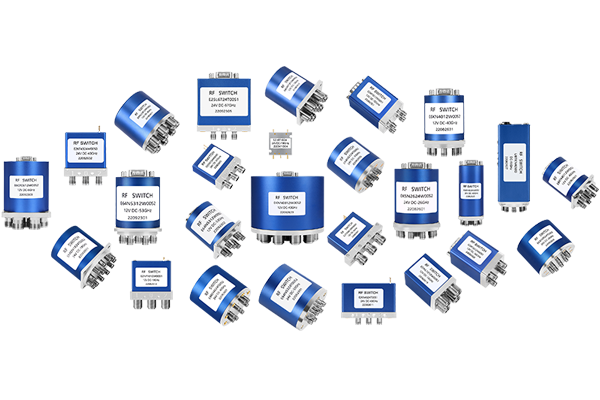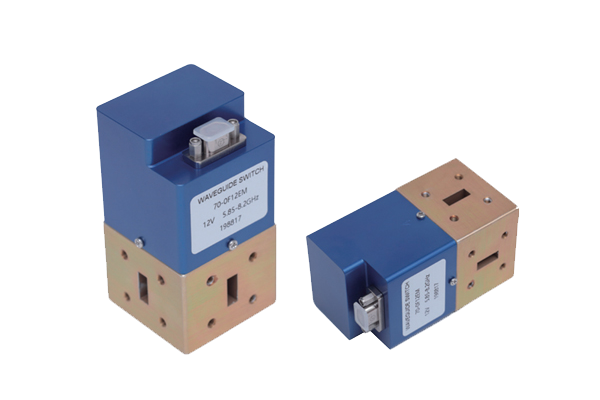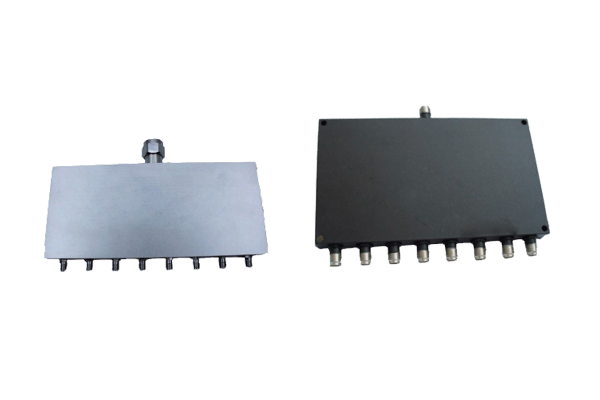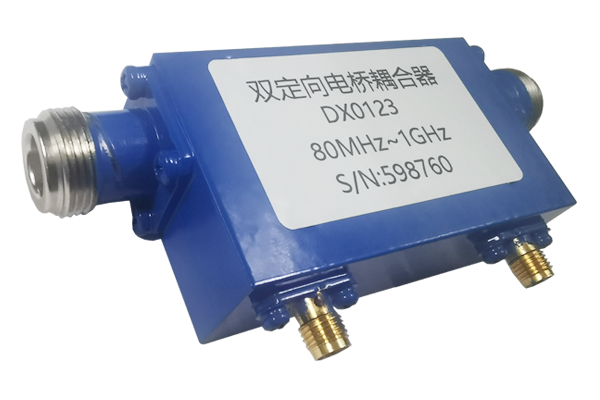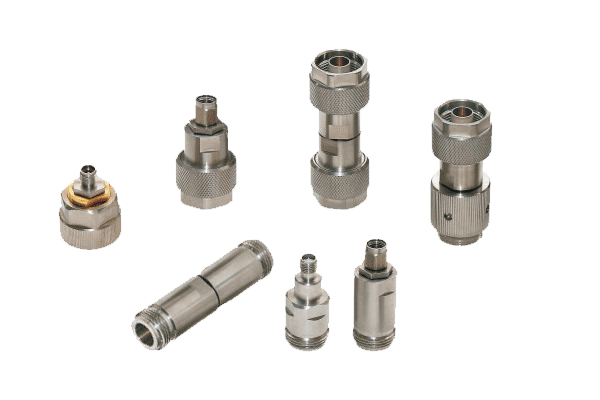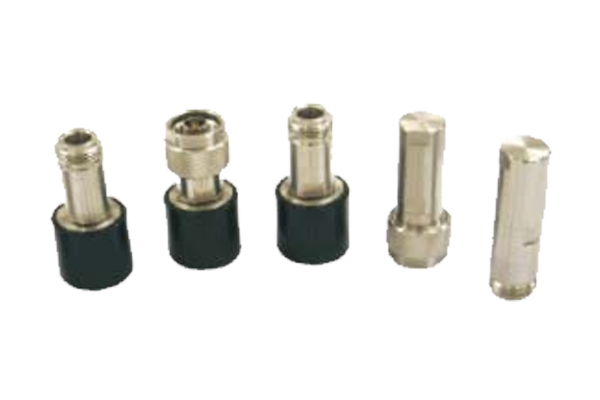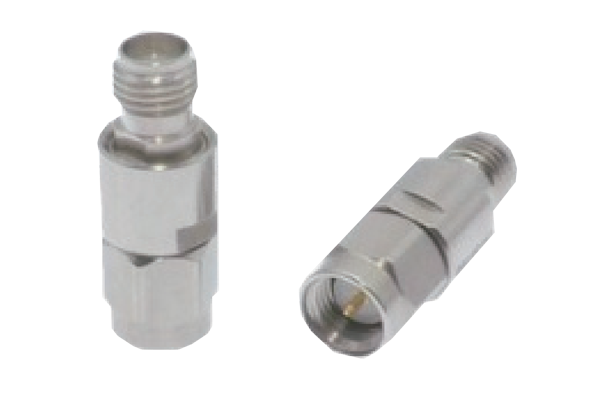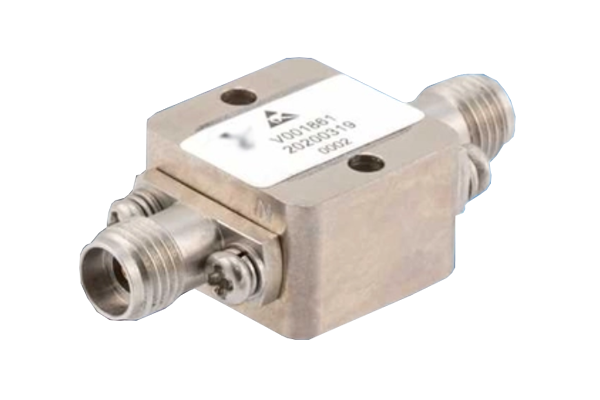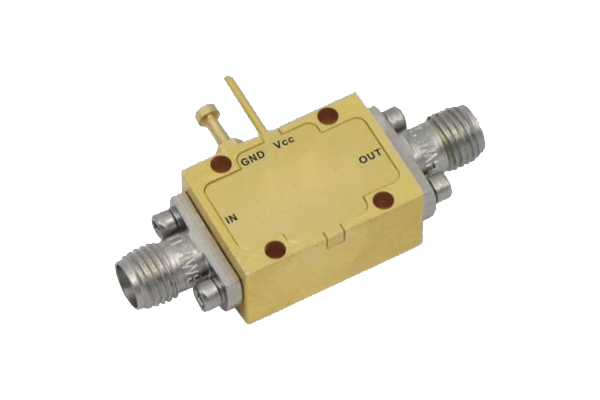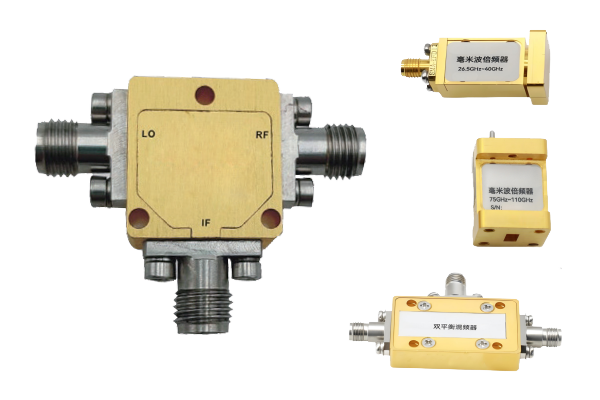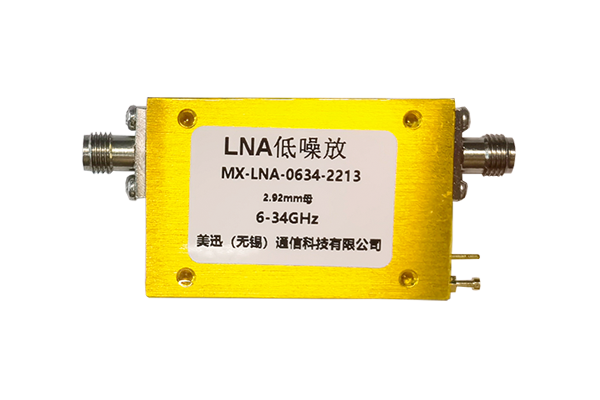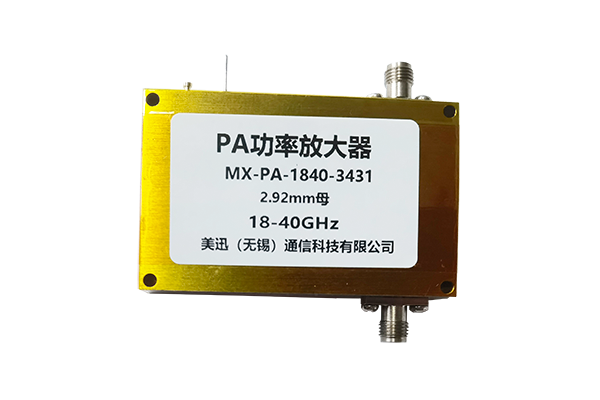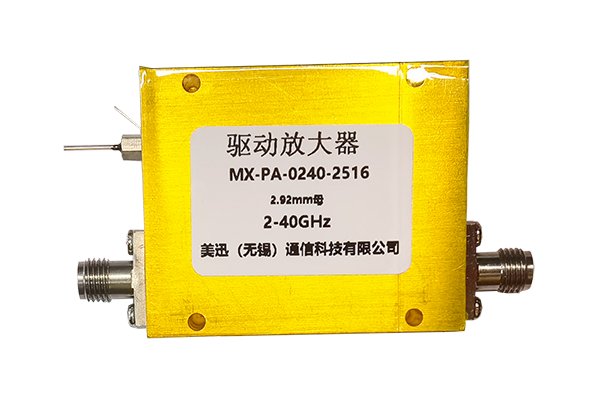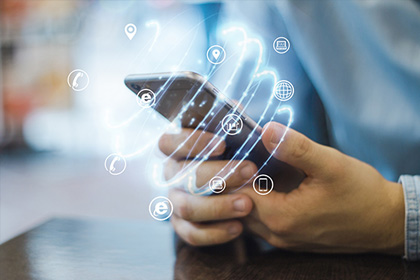How to match impedance of low-noise amplifier
Impedance Matching in Low-Noise Amplifiers (LNAs)
Critical techniques for optimizing power transfer and minimizing noise through impedance matching:
1. Noise-Impedance Trade-off
- Match input impedance to source impedance (Zₛ) while aligning with optimum noise impedance (Zₙ)
-
When Zₛ ≠ Zₙ, use:
- Transformers for impedance transformation
- Reactive matching networks (LC circuits)
- Balance between minimum noise figure (NF) and power transfer efficiency
2. Matching Networks
-
LC Networks:
- L-shaped, T-shaped, or Π-shaped configurations
- Series inductors cancel capacitive reactance
- Shunt capacitors adjust resistive components
- Narrowband tuning to avoid broadband noise
-
Transmission Line Matching:
- Microstrip/coaxial lines at RF/microwave frequencies
- Quarter-wave transformers: Z₀ = √(ZₛZₗ)
- Specific lengths for impedance transformation
3. Active Matching
- Uses transistors/op-amps for dynamic impedance adjustment
- Feedback loops create virtual resistances
-
Advantages:
- Reduces passive component count
- Minimizes size and loss
- Common in integrated wireless LNAs
4. Balanced Amplifiers
- Uses hybrid couplers (3-dB) to split/combine signals
-
Benefits:
- Improved input matching
- Common-mode noise suppression
- Enhanced stability
- Trade-off: Increased circuit complexity
5. Simulation & Optimization
- Tools: ADS, Keysight Genesys
- Smith chart visualization of impedance transformations
-
Targets:
- Minimize input reflection coefficient (Γ₁ ≈ 0)
- Optimize noise figure (NF)
- Iterative adjustment of components/line lengths
6. Practical Considerations
-
Component Parasitics:
- Resistance in inductors
- Self-resonant frequencies in capacitors
-
Environmental Factors:
- Temperature variations
- Process variations in ICs
-
Bandwidth Trade-offs:
- Narrowband: Tighter matching
- Broadband: Multi-section networks



